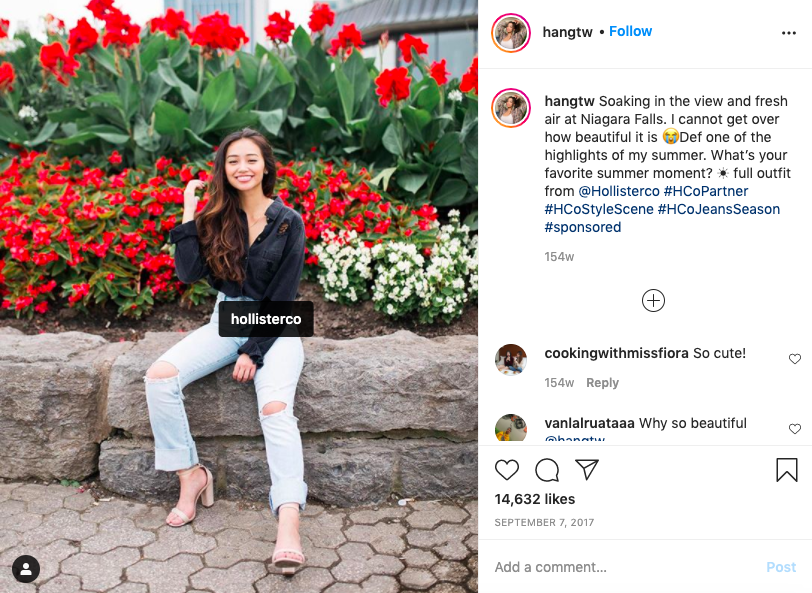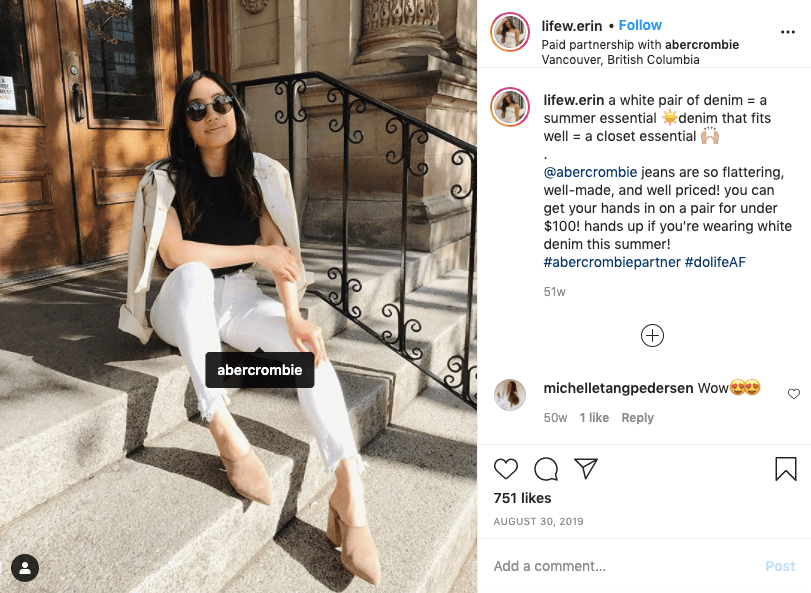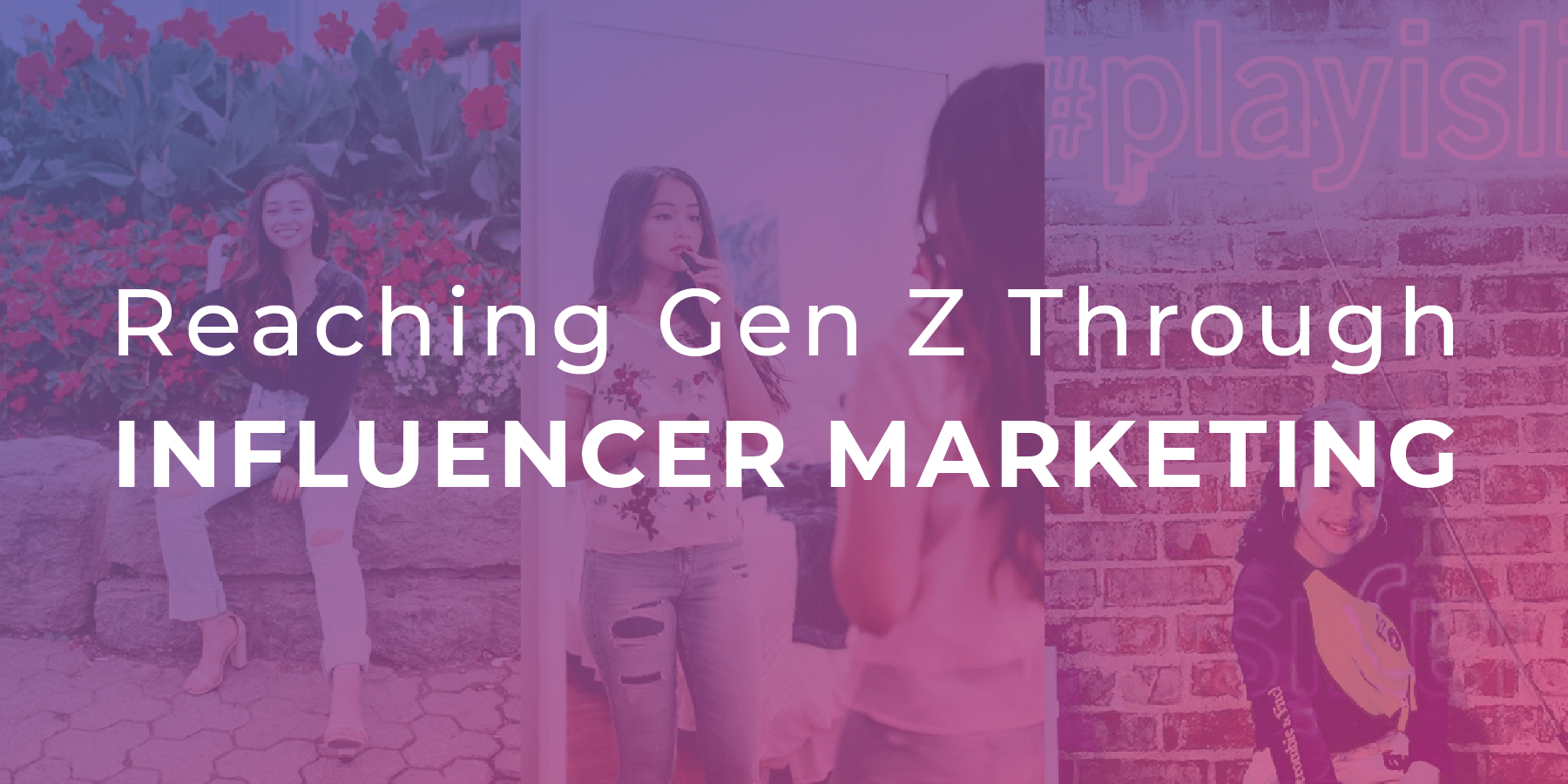Understanding Gen Z: What Framed The Most Educated Generation
To truly understand Gen Z, we must first understand the environment they grew up in. Gen Z had one of the most unique childhoods out of all the age demographics. They were born in the age of the internet so unlike everyone else that had to navigate library stacks and hefty encyclopedias, they don’t remember a time without Google. Tablets and smartphones belong naturally in their hands and along with them, a variety of social media platforms and access to a wide range of information and perspectives.
This wide-open door to technology produced the most educated and informed generation to date. Their access to different perspectives has provided a deeper understanding of diverse subcultures that differ from their own. An ordinary high school student is well informed about current events, social issues, and global trends. In fact, they often go beyond staying updated, as exemplified by the rise in young dedicated activists. Their work has been so impactful that 17 year-old Greta Thunberg was TIME’s person of the year in 2019.
But Gen Z’s drive can be attributed to more than just technology. They also grew up aware of the extremely difficult times experienced by their Millennials brothers and sisters. Those born in the years prior to 9/11 came of age in a fearful and uncertain time. They experienced their parents cope with the economic crisis and watched millennial relatives struggle to establish financial independence. Little kid dreams of being an astronaut were quickly replaced with the urge to pick a “stable” career. 70% of Gen Z said that making money is a top career priority for them, vs. 60% of millennials. Having a successful career is another reportedly major priority, even more important than traveling, starting a family, and even having close friends.
In many ways, Gen Z seem completely opposite to their milliennal counterparts who chase happiness and insta-worthy experiences. Gen Z prioritizes their education and career and prefer to spend their money on brand name products that make them both happy and communicate their hard-earned success.
Demographics vs. Psychographics – Influencer Marketing For Gen Z
Gen Z is a difficult generation to categorize and stereotype – they are the most racially diverse generation and the most likely to identify as LGBTQ. Coming from such diverse viewpoints, they take on social media with an open mind.
“Gen Zers value online communities because they allow people of different economic circumstances to connect and mobilize around causes and interests,” a 2018 research from McKinsey finds. Beyond economic backgrounds, a Kantar 2020 study found that 87% of Gen Zers say they follow at least one influencer whose race or ethnicity is different from their own.
What can we understand from this? Demographics aren’t very important to Gen Z. Instead, brands should consider psychographics to target them successfully. Common values and interests are the way to their heart (or influence!).
When it comes to content creators, Gen Z wants more than aesthetics. Take Emma Chamberlain for instance. The now successful 19 year-old Youtuber was initially dubbed the “anti-influencer.” For years, YouTubers made videos with elaborate intros, impeccable branding, and a clear introduction and farewell. Emma broke into the industry with random and vulnerable stories, filming herself on a whim instead of following popular challenges or clear topics. It was as if her audience was truly there at her house. Without a fancy graphic designer or editor, she created an editing style that messed around with noise and images that went on to shape how Gen Z YouTubers create videos to this day.
Now, 86% of Gen Z say they follow influencers who make their day brighter and 85% said it’s important that influencers try to make the world a better place. Gen Z has moved away from millennial #goals culture and instead, prefer influencers that could very well be their close friend.
How to Engage Gen Z with Influencer Marketing
Gen Z wants influencers to be more like friends rather than online billboards, and friends don’t overly promote products to one another. Because they are used to content overload on social platforms, it’s second nature to them to shift through information and find out who and what they really trust.
Other generations might have been easily swayed by curated social copy drafted by brands. Paired with a convincing photo, that was all it took to promote a product. For Gen Z, they are familiar with an influencer’s tone and style, and can spot a #ad hashtag a mile away.
Here are our recommendations for targeting Gen Z through influencer strategies:
- Content should be natural and blend seamlessly into the influencer’s style which brands can’t accomplish on their own. Brands have to be open to working closely with influencers for their campaigns and trust the influencer to know what visuals and tone work best for their audience.
@missbriiiicePSA: bumps on the back of your arms. ##minearebasicallygonenow ##soapandglory ##obsessed ##fyp ##relatable ##common ##kp ##keratosispilaris ##skincare♬ original sound – missbriiiice
TikTok influencer gets real about her insecurities, talking about the skincare product that she swears by.
- Rely on long-term partnerships and repeated collaborations. Having a group of influencers that trust your products and promote them frequently is more effective than slapping your brand in every corner of the internet. A small number of genuine posts might just go over better than a large quantity of ads.


Our campaign for Hollister shows the same influencers wearing their jeans through multiple activities and moments.
- Don’t overlook influencers with a small following, aka micro-influencers. Think about them as your next-door influencer. They tend to be more relatable and closer to their audience, thus earning better engagement rates than their big-name counterparts.

Open Influence collaborated with a micro-influencer for Abercrombie.
Interested in reaching a Gen Z audience through social media influencers? Contact us for the best influencer marketing strategy.

